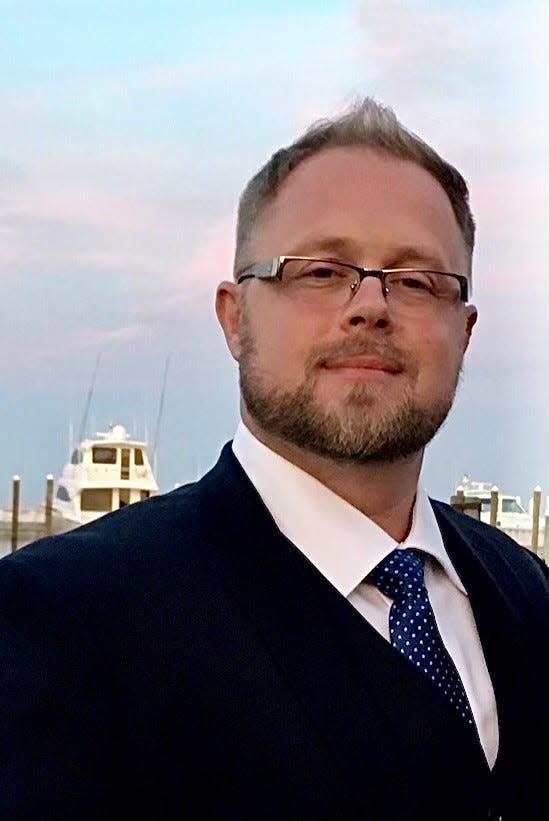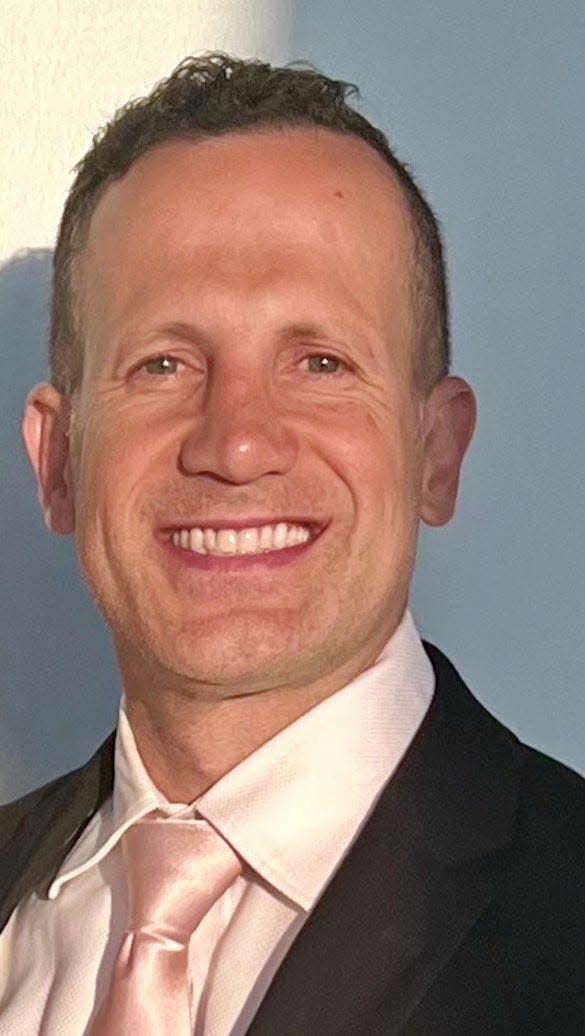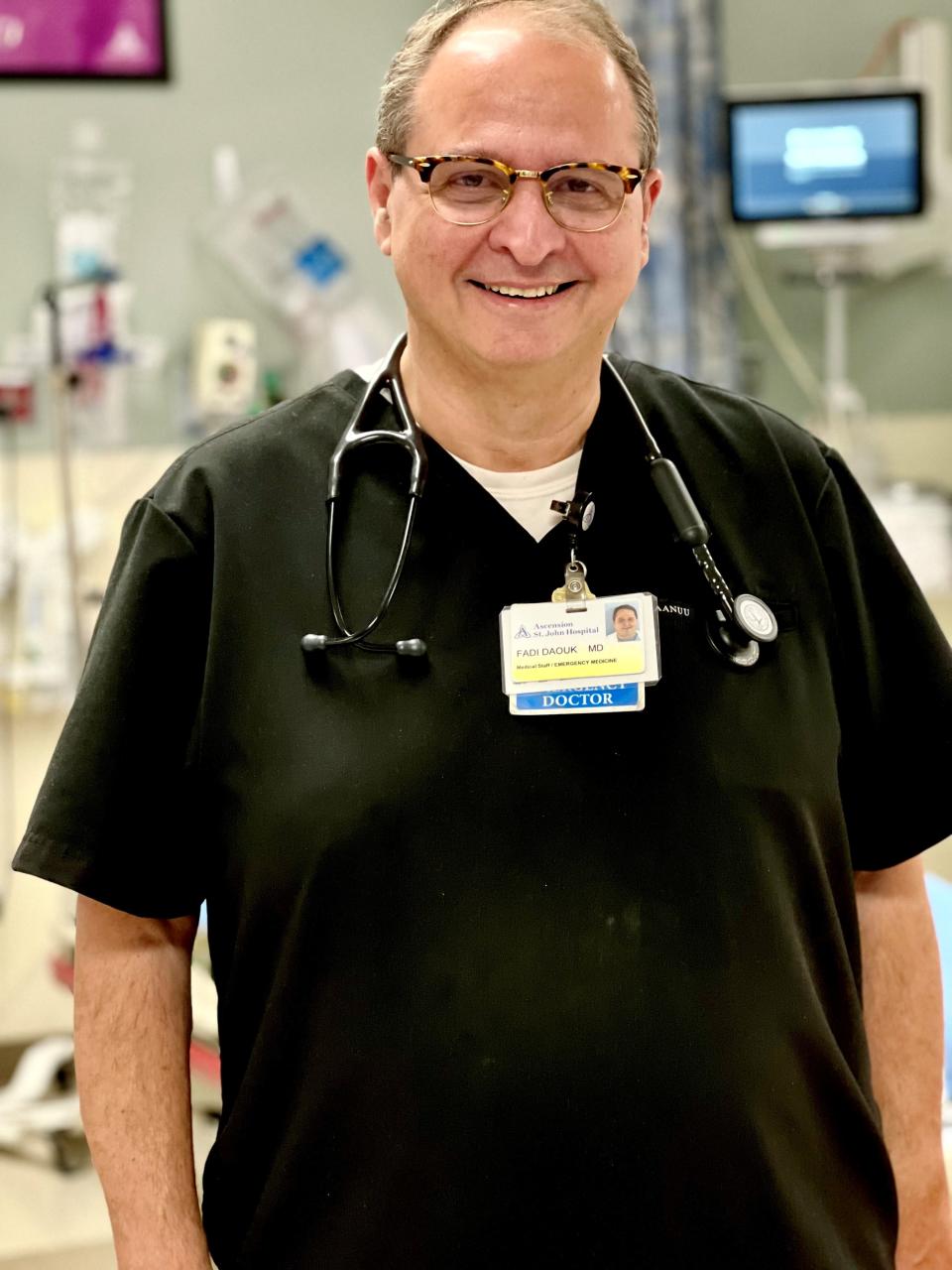Detroit’s deadly block party shooting: How hospital, ER staff rallied to save lives
One by one, cars pulled up to Ascension St. John Hospital loaded with teens and young adults ravaged by gunfire at a Detroit block party.
The east-side hospital is about 4½ miles away in the city from Rossini Drive and Reno Street, where a hail of about 100 bullets from multiple shooters was fired into a large crowd of partygoers at 2:30 a.m. July 7. Shanae Fletcher, 20, and Phillip Arnold Jr., 21, were killed; 19 others were injured.
It was the largest mass shooting in Michigan since at least 2013 and the third largest in the nation this year, according to the Gun Violence Archive.
And nearly all of the victims arrived within a span of 45 minutes at St. John’s doorstep, said Dr. Shaun Gray, who was one of just two attending physicians on staff that night in the adult emergency department of the level-1 trauma center.

For many of the 18 wounded who were treated at St. John, there was no time at the shooting scene to wait for an ambulance.
“I can't even remember who came by ambulance and who came by car,” Gray said. “With the first one, there were panicked people in the lobby trying to come kick down the doors. And this person's unresponsive and they just dropped him off and we're wheeling him back.
“And then we heard, ‘Doctors, there’s another one coming in. Oh, we're getting two more. And two more just pulled up. Now there's three more coming in. Apparently, there's two more coming. And to be honest, I think a good majority came in private vehicles, but there was a handful that came by EMS as well.”
Dr. Hafez Bazzi worked alongside Gray that night in the emergency room.
“It was unprecedented,” said Bazzi, who has more than two decades of experience in emergency medicine in Detroit. “It's not uncommon to see multiple trauma and gunshot wound victims during a shift, especially during a holiday weekend. ...
“But this particular event is something that I hadn't experienced before in terms of the volume of critical patients that came in and the level of acuity as well as how fast they presented to our emergency department.”

More: 'It crushed us': Detroit community rebuilds after deadly block party mass shooting
Gray and Bazzi quickly alerted Dr. Fadi Daouk, an emergency department physician working on the pediatric side of the hospital. Trained both in pediatric and adult medicine, Daouk rushed to their aid.
“I got there about 3 o’clock, and we already had 10 or 11 gunshot wound patients,” Daouk said, becoming tearful as he recalled the scene in an interview. “People were shot in the chest, in the neck, in the extremities. … I looked at the EMS triage and saw that we had another four or five people coming, and then another four or five people. … A lot of them were young kids — 17 and 18 years old. We did what we had to do.
“I still get emotional thinking about it. This is not easy. You really have to be strong because everybody is looking to you for help. But we are human, too.”
The doctors leaned on their training to assess and triage the victims as they arrived, working with medical residents, nurses and other hospital staff to save as many as possible.
“I activated the mass casualty disaster,” Daouk said, which is a designation that pulls in more resources from elsewhere in the hospital to help, including nurses from other departments and a trauma surgery team. Physicians and administrators still at home were asked to come in if they could.

Gray recalled the way his colleagues met the moment of crisis with calm deliberation.
“I couldn't be more proud of the people that I worked with that night,” Gray said. “They’re unsung heroes. A lot of times, people will turn to the doctor and say, ‘Thank you for what you did,’ and we always appreciate that. But nobody thanks the radiation techs who ran from bed to bed to bed doing X-rays. Nobody thanks the nurses who just started throwing in IVs. Nobody thanks the techs for making sure I had a bed for these patients because they came in from a car and we had to put them somewhere.
“Nurses stepped up,” Gray said. “We were shouting orders like ‘Put in two large-bore IVs. Get them on the monitor. Report back to me on what their blood pressures and vitals are. Give them a dose of pain medicine. Order some basic X-rays.’
“And they kept a pipeline open with updates: ‘This is where the heart rate is. The blood pressure is this.’ And then, if any of them started to look sicker, we would reevaluate. … Our residents stepped up. We only had three ER residents that night; they were just going patient to patient. We were putting in two chest tubes at the exact same time on two patients. … We kept up with it by basically using battlefield triage, using a stepwise process.”
Daouk said he was concerned more violence could erupt in the parking lot and waiting area, as friends and loved ones of the victims — and their rivals — gathered.
“We called the police department and relied on our security guards to secure the area because we didn’t know what to expect,” he said. “We were worried about retaliation, and we needed help to control the situation and keep the people away from the hospital.
“When something like this happens, people are angry their loved one was shot. We didn’t know who was involved.”
Bazzi said the early morning hours of July 7 already were busy before the shooting victims arrived at St. John.
“It wasn't a quiet night by any means,” he said.
The staff had to scramble to make space for all the gunshot victims, Gray said.
Stretchers filled the hallways. Psychiatric unit beds were converted to trauma beds.
“If we normally would have four people in a particular resuscitation area, we had eight,” Bazzi said, “so we doubled them. And areas we were planning on closing because nurses were going home, they remained open. Those nurses stayed because we needed all hands on deck. So we had to essentially create room for these patients and hold off on closing any area that was planned to be closed down.
More: Detroit block party mass shooting was the state's worst since at least 2013
More: Detroit police announce block party crackdown after shooting that kills 2, injures 19
“Everyone pretty much had one singular focus, which was stabilizing and saving as many lives as possible. I really felt like we worked extremely well and as efficiently as possible ... together.”
Bazzi said many patients needed surgery.
“Some of the surgeries were cardiothoracic-type surgeries for chest and abdominal injuries,” Bazzi said. “Other surgeries were for vascular injuries or upper extremity open fractures, where orthopedic surgery and multiple surgical subspecialties needed to be involved in the care as well.
“Eleven or 12 of them were designated level one traumas, which means … where they were shot required much more intensive intervention to mitigate life-threatening outcomes.
“Two died, and those are the two that you think about. But it is miraculous that more didn't die. Some of it has to do with where they were shot and some of it has to do with our ability to triage patients according to their severity and focus our work most intensively on the ones that were most critical.”
All three doctors said they have a unique view of America’s gun violence epidemic, and it’s tragic to see young people die or their lives dramatically altered by bullets.
“Every day, we see people dying, and we don't know what to do about it,” Daouk said. “How can we stop it? There is a lot of violence lately and there are a lot of guns.”
The American public, Bazzi said, needs to know that these shootings affect more than just the victims and their families. They leave a lasting imprint on health care workers, too.
“Gun violence — especially youth-on-youth violence — and our inability to make much headway … does weigh on us for sure,” Bazzi said. “It takes a toll. I'm not sure if I totally understand the significance of that toll psychologically. People that work in this type of environment, we pretty much have to compartmentalize our feelings and emotions to really focus on what's needed to resuscitate whoever's in front of us.”
Gray said the nation is “in a bad place when these types of things happen on the daily,” referencing the July 7 block party melee as well as the attack on former President Donald Trump, who was shot Saturday at a campaign rally in Pennsylvania.
While Trump's shooting is likely to remain in national headlines for weeks, the Detroit block party shooting, he said, was “treated as local news. This is literally the third largest mass shooting in the United States this year. You won't read about it outside of Detroit, and it barely even made the news in Detroit because it happened in an impoverished area and a very violent area. So somehow, the media thinks it's less important.
“These were 16- to 21-year-olds who were shot. It's a horrible thing, and it's even more horrible that it really has become the norm. It's disgusting, and it's frustrating.”
He told the Free Press that the public often hears only about labor strife at St. John. Emergency department physicians went on a brief strike in April, alleging understaffing was affecting patient wait times and care. Or they hear about the cyberattack that crippled Ascension's computer system in May. What they don't know about are the often heroic efforts behind the ER doors that save lives.
"It isn't to boast, but I love this hospital," Gray said. "We do a lot of good at this hospital. This was an example of what we do, and the average public has no clue."
Staff writers Andrea Sahouri, Darcie Moran, Jenna Prestininzi and Kristi Tanner contributed to this report.
Contact Kristen Shamus: kshamus@freepress.com. Subscribe to the Free Press.
This article originally appeared on Detroit Free Press: Docs describe scene at Ascension St. John as gunshot victims flood ER

